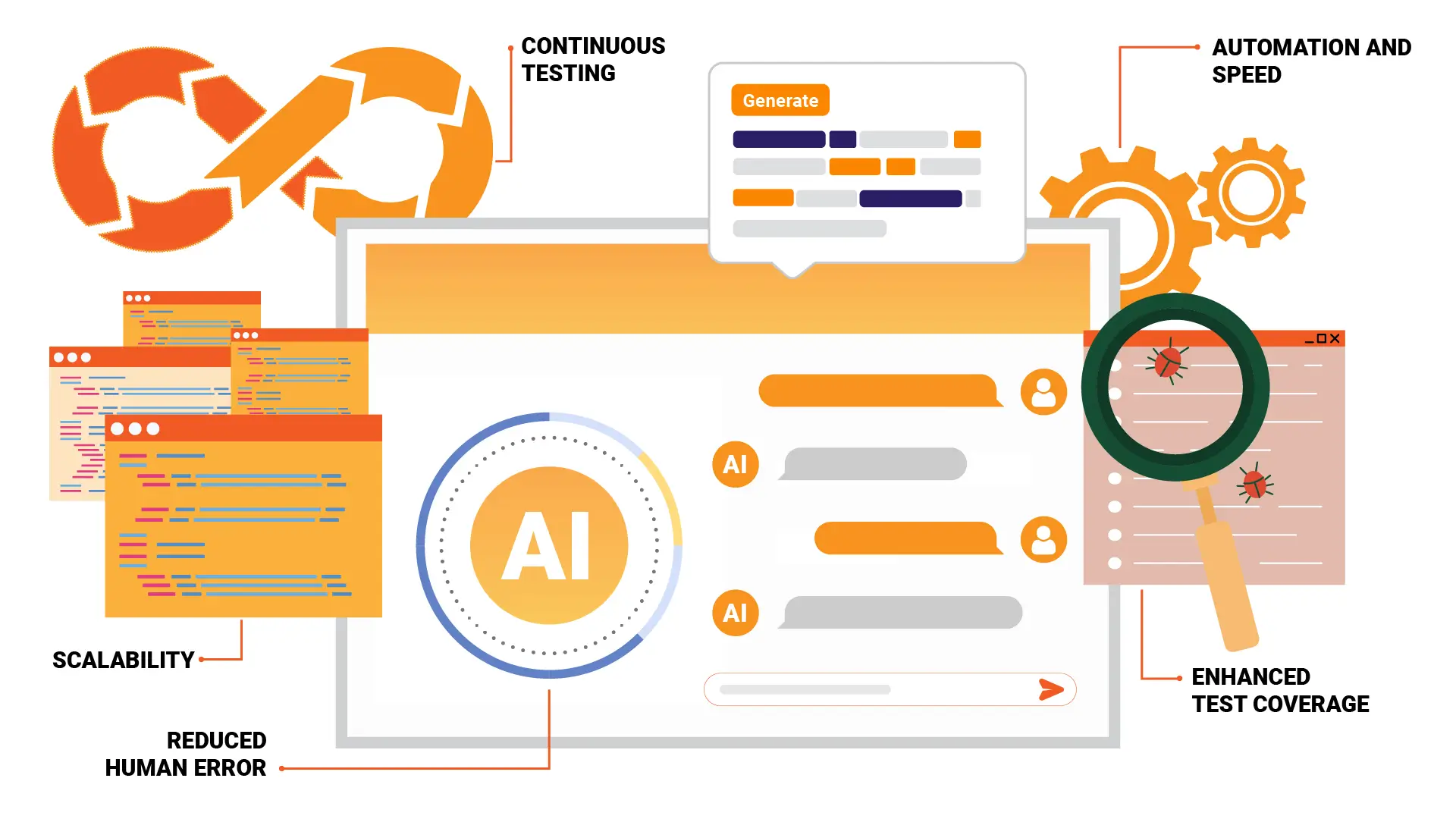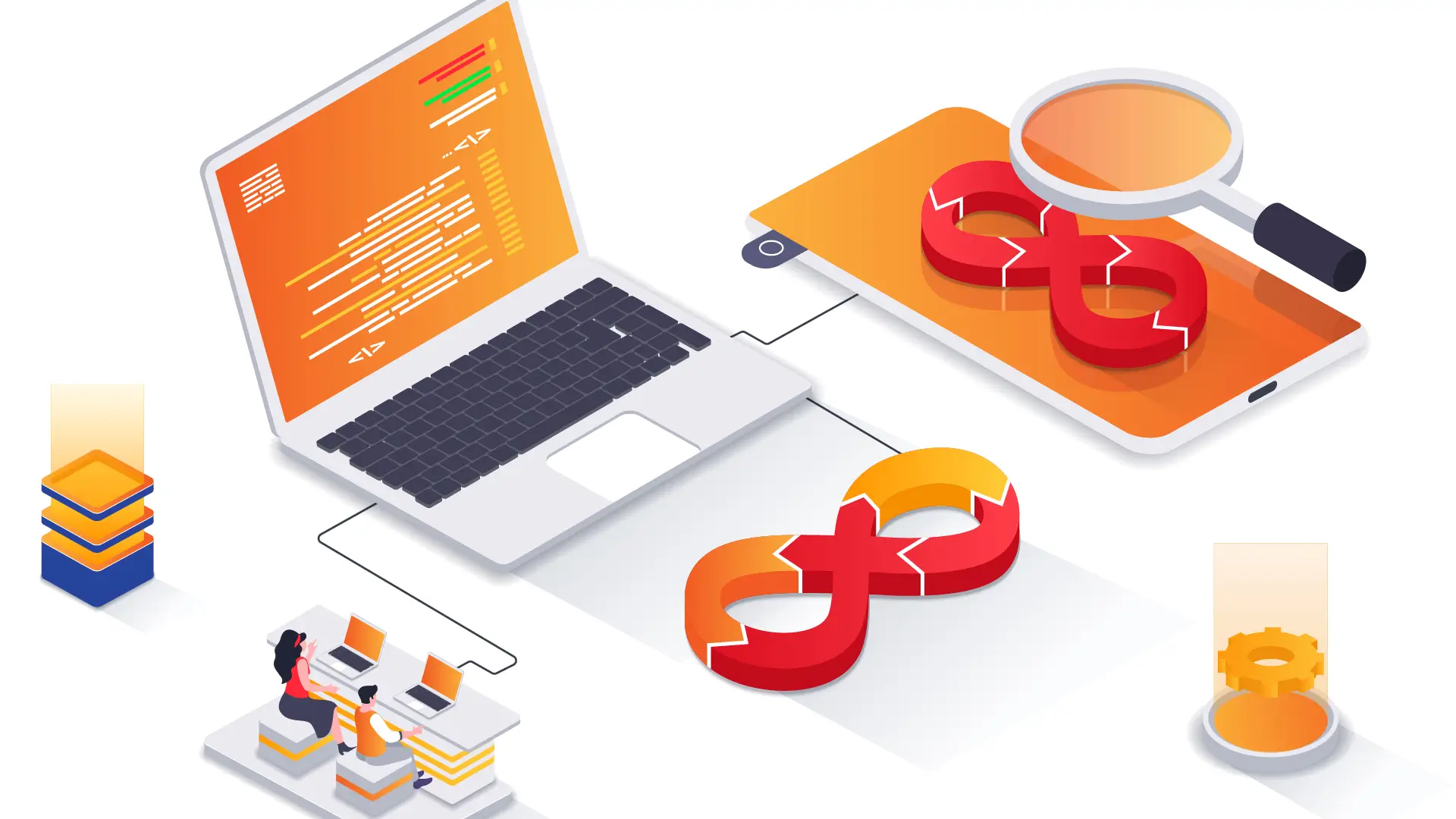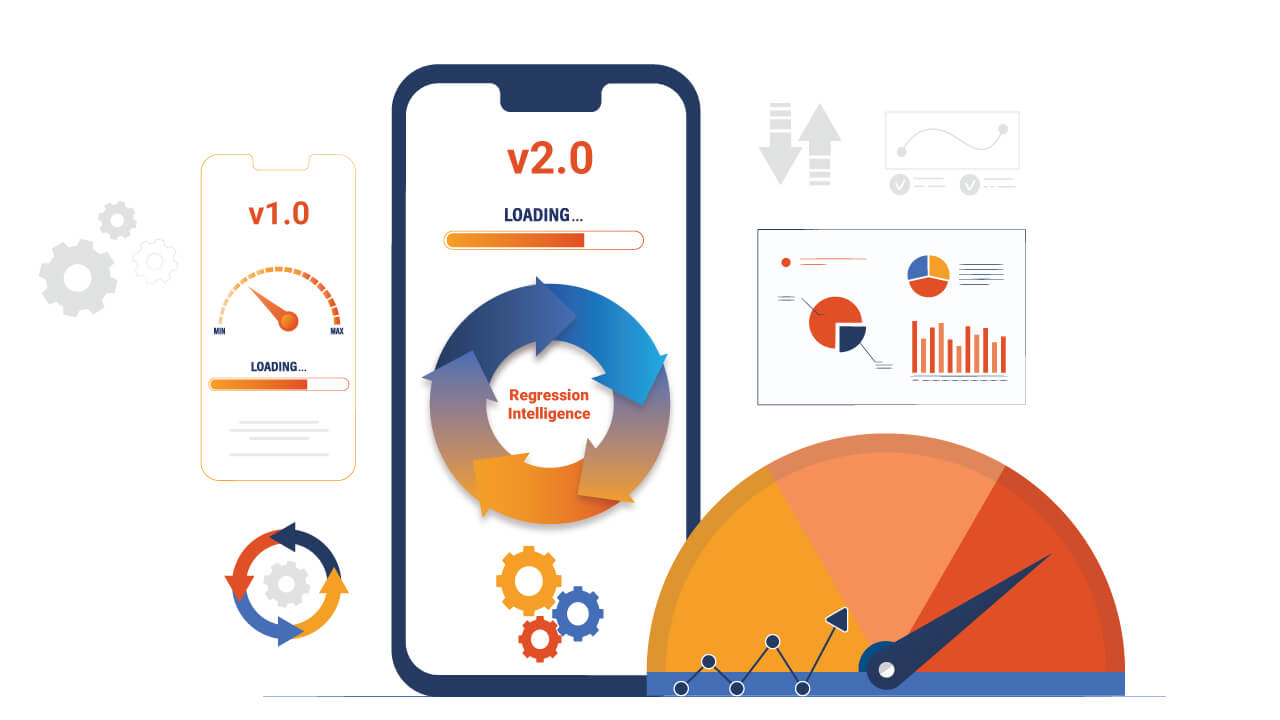Introduction
In today's dynamic e-commerce landscape, the payment gateway emerges as a linchpin, ensuring smooth and secure transactions between buyers and sellers. In this discourse, we delve into the meticulous process of devising test cases tailored for scrutinizing payment gateways.
Crafting precise test cases for payment gateways is a quintessential responsibility for testers operating within the service industry. This article meticulously explores pivotal scenarios integral to how to test payment gateways, coupled with essential guidelines for drafting effective test cases.
Let's embark on a journey to unravel the intricacies of payment gateway testing, ensuring robustness and reliability in online transactions.
Understanding Payment Gateways: Ensuring Seamless Transactions
A payment gateway is vital in e-commerce, facilitating secure online transactions by accepting and processing credit/debit card information. This encrypted service ensures the confidentiality of sensitive data like card numbers and account details, enhancing the overall shopping experience while minimizing the risk of fraud.
Importance of Testing Payment Gateways
The necessity of testing payment gateways stems from the desire for a frictionless transaction process, mirroring the ease of traditional offline purchases. Just as point-of-sale systems validate card transactions in physical stores, online platforms require robust mechanisms to authorize and process payments swiftly.
A seamless payment process is paramount for customers, offering immediate confirmation of transaction approval or declination upon selecting the payment option. Likewise, e-commerce companies strive for flawless payment processes to enhance customer satisfaction and maintain operational efficiency.
Testing the payment gateway is imperative to promptly identify and resolve issues, ensuring a secure and efficient payment experience for customers and businesses.
Exploring Payment Gateway Systems
There are two primary types of payment gateway systems:
- Hosted Payment Gateway: This system redirects customers from the e-commerce site to a separate gateway link for payment processing. After completing the payment, customers are redirected back to the e-commerce platform. Notably, no merchant ID is required for this type of gateway. Examples include PayPal, Noche, and WorldPay.
- Shared Payment Gateway: In this system, customers remain on the e-commerce site throughout the payment process. Payment details are entered directly on the site, streamlining the process. This mode is convenient and preferred since it keeps users within the familiar environment of the e-commerce platform. Notable examples of shared payment gateways include eWay and Stripe.
Read: A Guide to Succeed at E-commerce Customer Journey Mapping
Different Payment Gateway Testing Methods
Testing payment gateways involves several vital approaches:
- Functional Testing: This testing ensures that the payment gateway functions as expected, particularly for newer or less established gateways. It verifies that all components are operational and that the gateway interacts correctly with the application page. While it may not be necessary for more established payment processors, functional testing remains crucial for validating order handling, calculations, and transaction processes.
- Integration Testing: Payment gateway integration testing is essential when integrating with a payment gateway. Testers must ensure seamless integration between the online store and the specified payment gateways. This involves verifying placed requests, confirming receipt of transaction amounts, and validating processes such as refunds or voids.
- Performance Testing: Performance testing evaluates the website's performance, particularly its ability to handle multiple concurrent transactions without failure. Testing involves increasing client loads to assess the payment gateway's performance under various traffic levels.
- Security Testing: Payment gateway security testing is imperative for any payment gateway handling sensitive data. It ensures that all sensitive information, such as credit card numbers and CVV codes, is encrypted during transmission and that the gateway is secure.
Consistent testing and vigilant monitoring are indispensable for upholding the dependability and efficiency of the payment gateway.
Also Read: Everything You Need to Know About Testing Banking Domain Applications
Scenarios and Use Cases for Payment Gateway Testing
Testing the intricacies of a payment system is paramount to ensure seamless financial transactions across diverse platforms. Below are critical use cases that highlight the multifaceted nature of payment gateway testing:
- Validation of Card Numbers: Verify that credit card numbers can be accurately processed and authenticated. Test cases should address compatibility with cards from various financial institutions and countries.
- Currency and Exchange Rate Verification: Ensure foreign transactions are processed correctly, accounting for accurate exchange rates, shipping fees, and local taxes.
- Processing Time Assessment: Evaluate the performance of the payment gateway during peak transaction periods. Determine if processing times are affected and how the system handles scenarios such as cart timeouts.
- Security Measures Evaluation: Assess the security measures, including card details masking and two-factor authentication (2FA) implementation for transaction initiation. Verify the overall security of the website.
- Confirmation of Successful Payments: Confirm that APIs return accurate payment confirmations to customers, financial institutions, and internal software systems. Additionally, ensure that payment confirmation triggers any necessary auto-pay or auto-renewal processes.
- Handling Payment Failures: Establish protocols for handling payment failures, including prompt communication with users and proper management of orders in fulfillment systems.
By meticulously testing these scenarios, payment gateway systems can be optimized for reliability and efficiency, enhancing the overall user experience and ensuring financial transactions proceed seamlessly.
Payment Gateways Vs. Payment Processors
To grasp payment gateway testing, it's essential to distinguish between payment gateways and processors. Gateways enable online payments and connect merchants, customers, and banks. Processors handle backend transaction processing.
● Payment Gateways:
- Serve as virtual POS terminals, facilitating online transactions.
- Encrypt and transmit payment data to acquiring banks' processors.
- Forward transaction data to credit card associations and issuing banks.
- Handle approval responses and facilitate funds transfer between banks.
● Payment Processors:
- Manage backend transaction processing, including communication with banks.
- Verify funds availability and conduct fraud checks.
- Coordinate fund settlement and manage chargeback disputes.
- Popular processors include Worldpay, Square, and Adyen.
Understanding these roles ensures smooth payment flow and reliable systems.
Check out: The significance of e-commerce mobile experience monitoring
Considerations Before Purchasing a Gateway Package
Before investing in a gateway package, there are crucial factors to weigh:
- Payment Flow Flexibility: Ensure the gateway offers adaptable payment flows, whether integrated APIs, hosted pages, or escrow systems, catering to evolving business needs.
- Location Alignment: Align the gateway's location with your business jurisdiction, ensuring seamless operations. Even cross-border collaborations are feasible, enhancing flexibility.
- Security Measures: Prioritize fraud detection and security features like OTP for customer data protection during transactions.
- Transaction Frequency: Tailor the package to match your website's transaction volume and average amounts, avoiding unnecessary expenses.
- Multi-Payment Options: Opt for gateways supporting various payment modes like Netbanking, UPI, and cards to accommodate diverse customer preferences.
- Merchant Account Integration: Set up a merchant account to receive payments securely, ensuring smooth fund transfers and easy returns processing.
- Recurring Billing Capability: Consider gateways offering automated billing for subscription-based services, enhancing customer convenience and service continuity.
- 24/7 Customer Support: Choose providers offering robust technical support to address payment-related issues, fostering customer satisfaction and trust swiftly.
By evaluating these factors diligently, businesses can select a gateway package that aligns with their needs and enhances their online payment experience.
Also check: Safeguarding Your Mobile Banking App - 4 Essential Elements to Ensure Its Security
Optimizing Payment App Features and Security with HeadSpin's Advanced Testing Solutions
Payment gateway app testing is paramount to ensure seamless and secure transactions. According to a recent survey, nearly three-quarters (74%) of respondents have a positive sentiment toward AI in mobile software development testing, highlighting the growing acceptance and effectiveness of AI-driven testing solutions.
HeadSpin offers a comprehensive testing solution tailored for the payment industry, empowering companies to enhance their application development process. Leveraging advanced testing capabilities, HeadSpin elevates the performance of payment applications, addressing the evolving needs of the digital payment landscape.
Discover how HeadSpin's AI-powered testing solution enhances the security of payment gateways for financial services companies.
1. Flexible Deployment Options
HeadSpin provides various deployment models, including on-premises and cloud options, ensuring secure storage and analysis of test data during system migrations. This flexibility enhances operational efficiency while maintaining data security.
2. Biometric Authentication Testing
HeadSpin's Biometric SDK facilitates automated testing of biometric functionalities like facial recognition and fingerprint authentication. This comprehensive testing ensures the reliability and security of biometric authentication methods, enhancing user trust and confidence in payment gateways.
3. Secure Testing Environment
HeadSpin's Platform adheres to stringent security standards, including SOC 2 compliance and certification in vulnerability scanning and manual testing. This ensures robust security testing capabilities, which are crucial for maintaining the integrity of payment gateways and protecting sensitive financial data.
4. Global Testing Infrastructure
With an extensive global device infrastructure, HeadSpin enables end-to-end testing on real devices across diverse locations worldwide. This global testing capability provides comprehensive insights into payment gateway performance under various conditions, ensuring reliability and consistency for users.
By leveraging HeadSpin's advanced testing solutions, financial services companies can enhance the security and performance of their payment gateways, fostering trust and reliability in digital transactions.
Next Steps
The choice of payment gateway can significantly impact sales, as it directly influences customers' purchasing decisions. Providing an extensive array of payment choices guarantees ease of access and convenience for customers, minimizing the chances of abandoned transactions. Additionally, seamless integration with e-commerce platforms is essential for smooth transactions and efficient operations. Opting for a payment gateway that simplifies integration enhances user experience and streamlines checkout.
Moreover, prioritizing trust and security is paramount when selecting a payment gateway. Customers must feel confident in the security measures implemented to protect their sensitive information during transactions.
Partnering with a reputable mobile banking app security testing solution provider, such as HeadSpin, can further bolster security features, improving user experience and fostering trust in the digital banking sector.
Experience unmatched mobile banking security with HeadSpin's advanced testing solution, ensuring robust protection for banking applications and enhancing customer trust and confidence.
FAQs
Q1. What are the steps for automating payment gateway testing?
Ans:
- Establish a payment processor sandbox environment.
- Compile a set of test credit card numbers for various scenarios.
- Validate the application's response to successful transactions.
Q2. What defines an API payment gateway?
Ans: Payment gateway API testing is the technical bridge allowing developers to seamlessly integrate payment gateway services into their applications or websites. The integration process involves connecting the website or application to the payment gateway through this API.



























-1280X720-Final-2.jpg)










